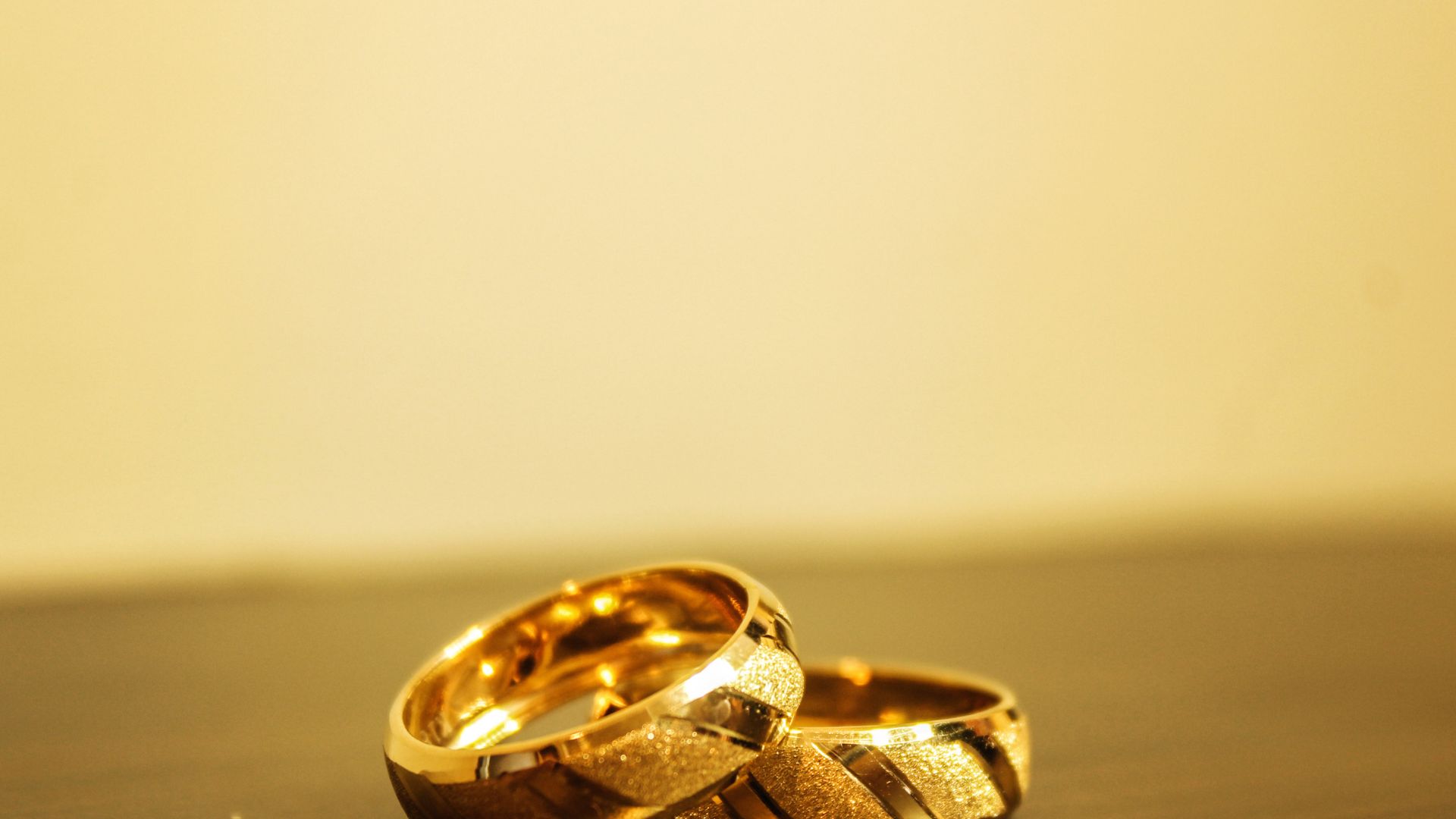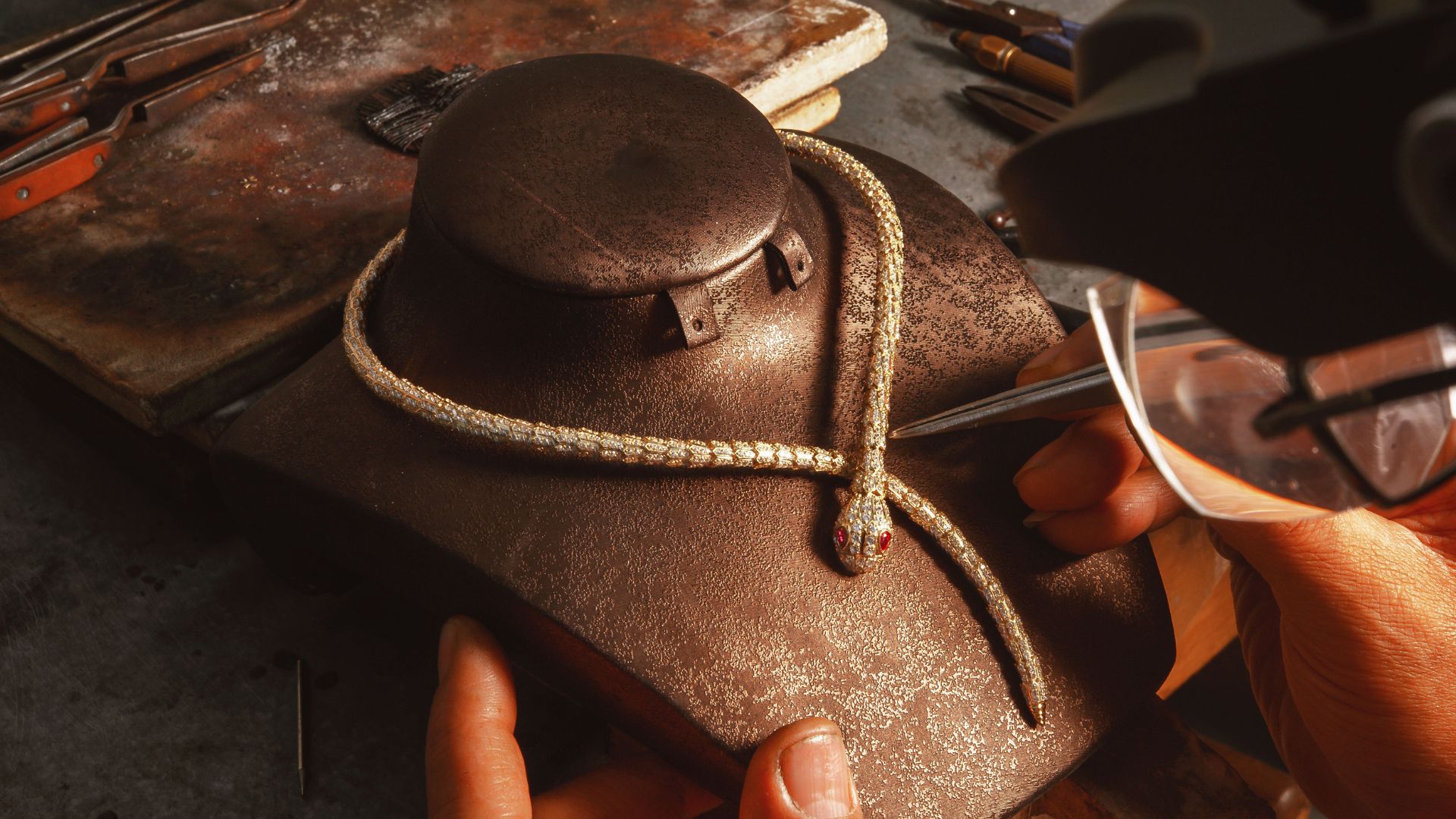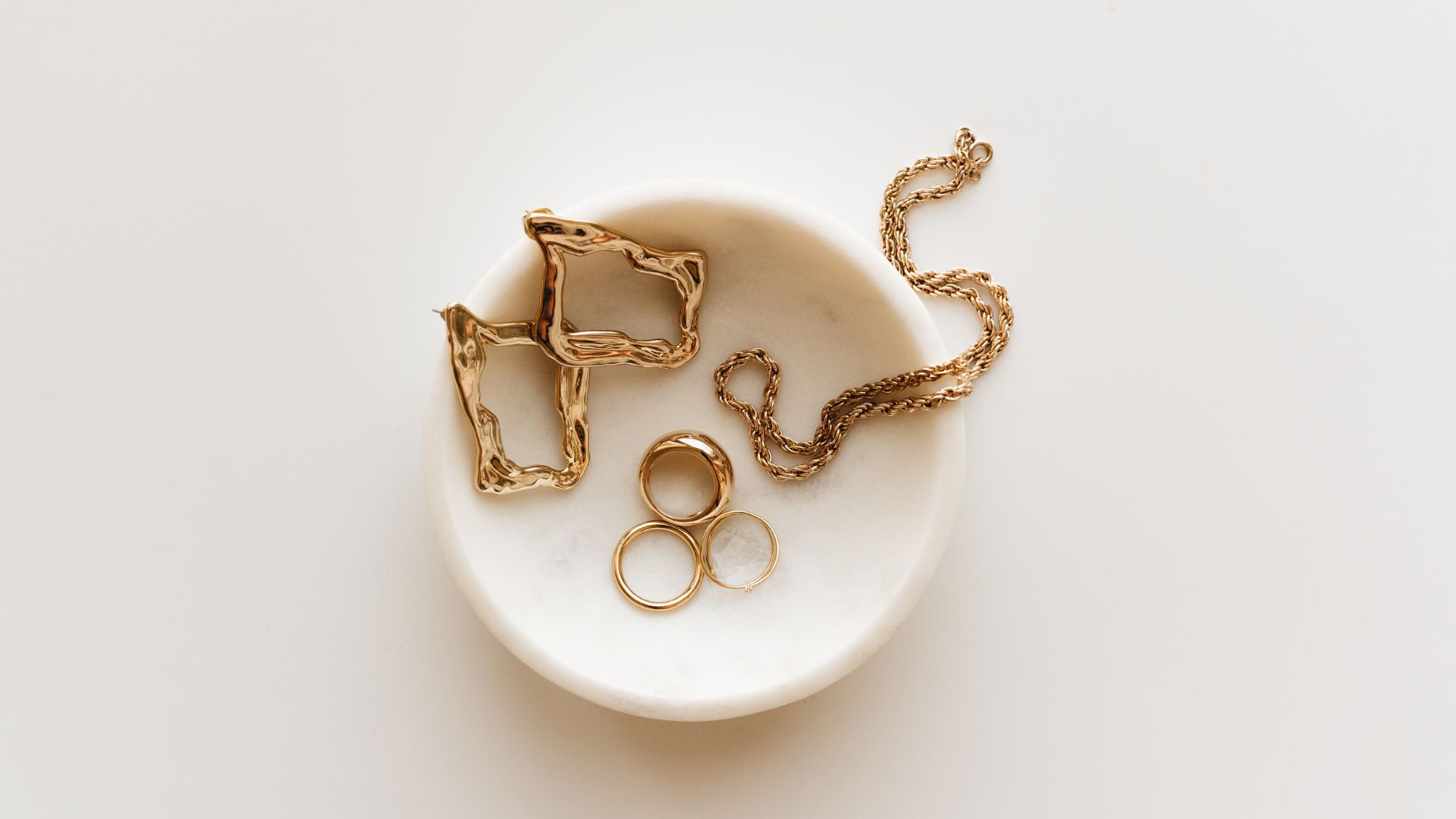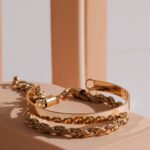Gold jewellery has long been treasured for its beauty and timeless appeal, but it’s the finer details that often make a piece truly special. One of the most powerful ways to personalise and elevate a piece of jewellery is through engraving. Whether it’s a name, a date, or intricate designs, engraving allows goldsmiths to add unique touches that make each piece one-of-a-kind.
In this article, we’ll explore the art of engraving gold, the techniques and tools involved, and tips for achieving precision in your engraving work:
- The art of engraving gold
- Types of engraving
- Tools for engraving
- Tips for success
- How engraving enhances jewelry and makes it one-of-a-kind
The art of engraving gold
Engraving is an ancient art form that has been used for centuries to add detail, personality, and meaning to jewellery. It’s the process of carving or cutting into the surface of gold (or other metals) to create decorative patterns, symbols, or text. Whether for fine jewellery, bespoke pieces, or sentimental gifts, engraving allows a goldsmith to create lasting memories on precious items.
While engraving can be done by hand or with the help of machines, the overall goal is to enhance the design of the jewellery while maintaining the integrity and beauty of the gold. This process is highly precise and requires a steady hand, patience, and an understanding of how gold reacts to different techniques. The art of engraving adds dimension and texture to a piece, creating a visual interest that can’t be achieved through simple polishing or casting alone.

Types of engraving
When it comes to engraving gold, there are two main methods: hand engraving and machine engraving. Both techniques have their advantages and are suited to different types of designs and pieces of jewellery.
1. Hand engraving
Hand engraving is the traditional method of engraving metal by using a variety of manual tools. This technique allows for the greatest level of artistry and individuality, as it relies on the skill of the goldsmith. The process involves using specialised graving tools, such as gravers, to cut into the gold’s surface. Hand engraving is perfect for creating detailed and intricate designs, as the artist has complete control over the depth, shape, and precision of the engraving.
Hand engraving is particularly suited to small, delicate details like initials, monograms, or fine patterns. It is often used for custom-made, one-of-a-kind jewellery pieces or heirloom items, where personalisation is key. While it is a time-consuming process, the results are often more refined and artistic, giving the piece a unique, handcrafted feel.
2. Machine engraving
Machine engraving, also known as computerised engraving or laser engraving, involves using automated machines to etch designs into the surface of the gold. This method uses a computer-controlled system to guide the engraving tool, making it faster and more efficient than hand engraving. Machine engraving is ideal for reproducing precise designs, logos, or text, especially when multiple copies of the same design are needed.
While machine engraving offers speed and consistency, it doesn’t have the same artistic touch as hand engraving. However, modern laser engraving can achieve incredibly fine details, and it allows for a level of precision that’s difficult to replicate by hand. For larger production runs or designs that require repetitive work, machine engraving is often the go-to option.
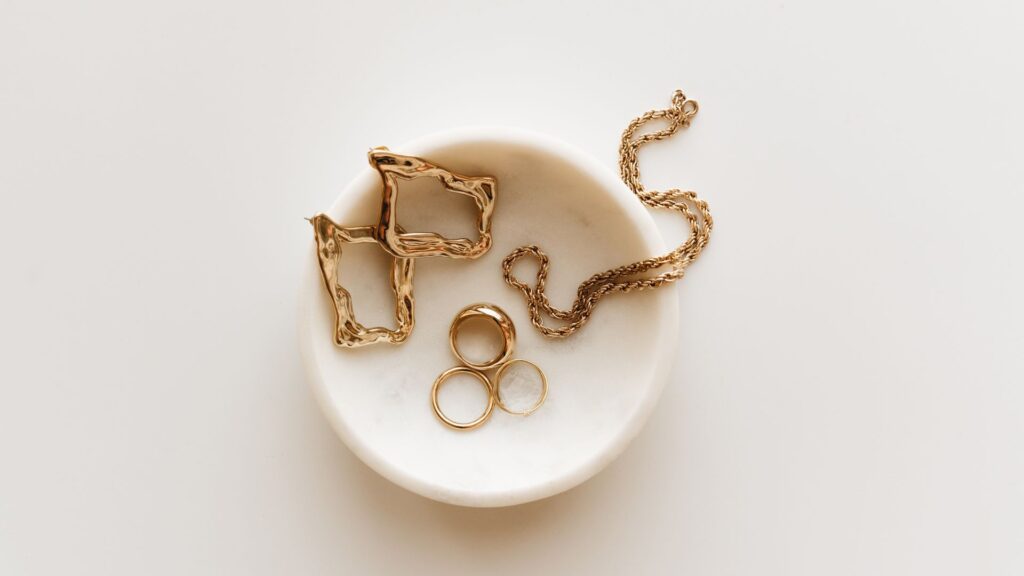
Tools for engraving
Whether you’re hand engraving or using a machine, the right tools are essential to achieving professional results. Below are the key tools needed for engraving gold.
1. Graving tools
For hand engraving, the most important tool is the graver. Gravers are small, chiselled tools that are used to cut into the gold. They come in various shapes and sizes, depending on the type of engraving being done. For example, flat gravers are used for broad, flat lines, while round gravers are used for fine, curved lines. The size of the graver’s tip determines the thickness of the lines you create, giving you control over the detail of your design.
2. Engraving machine
For machine engraving, the primary tool is a computerised engraving machine. These machines are designed to hold the piece of gold in place while a diamond-tipped tool moves along the surface to etch the design. Many modern engraving machines can be controlled by a computer, which can load pre-designed graphics or text for precision engraving.
3. Magnification tools
Because engraving requires extreme precision, many goldsmiths use magnification tools like loupe magnifiers or microscopes to help them see the details clearly. A magnifier helps ensure accuracy when cutting fine lines or intricate patterns, especially when working on small jewellery pieces like rings or pendants.
4. Engraving machine attachments
In addition to the basic engraving machine, there are several attachments that can help with different engraving tasks. Rotary engraving tools, for example, can be used for larger designs or when engraving multiple pieces at once. Other attachments, such as diamond-tipped bits, can be used for etching finer details and adding textures.
Tips for success
Engraving gold is a delicate process that requires skill and care. Here are some tips to help you achieve precision and perfect your engraving technique.
1. Proper surface preparation
Ensure the piece is clean, smooth, and free from any oils, dirt, or scratches. You can use a polishing cloth or an ultrasonic cleaner to remove any impurities. A clean surface will allow the engraving tools to glide smoothly over the gold, resulting in cleaner and more precise lines.
2. Start with a template
If you’re engraving a design, it’s helpful to first create a template or stencil. You can lightly trace the design onto the gold using a pencil or a fine engraving tool. This will guide you as you begin the engraving process, ensuring that your design is evenly spaced and proportional.
3. Take your time
Engraving is a time-consuming process, so don’t rush it. Patience is key to achieving fine, precise details. Work slowly and methodically, and take breaks if needed to avoid mistakes or fatigue. Accuracy is more important than speed, and taking your time will help you achieve a cleaner and more professional result.
4. Practice on scrap pieces
If you’re new to engraving, practice on scrap pieces of gold or other metal before working on your final design. This will allow you to get a feel for the tools and techniques and help you improve your skill before tackling more intricate work.
How engraving enhances jewelry and makes it one-of-a-kind
Engraving is an art form that elevates gold jewellery from beautiful to truly special. Whether it’s adding a name, a date, or an intricate design, engraving allows goldsmiths to personalise pieces and create jewellery that holds sentimental value. The process, whether done by hand or machine, requires skill, precision, and patience, but the results are well worth the effort.
Let’s recap what we learned about engraving today:
- Engraving adds fine details and personalisation to gold jewellery, making it unique and special.
- Hand engraving allows for artistic, intricate designs, while machine engraving offers precision and efficiency for mass production.
- Essential tools for hand engraving include various gravers (flat, round, etc.) and magnification tools like loupes to aid precision.
- For machine engraving, computer-controlled machines with diamond-tipped tools are used for efficient, detailed work, especially in larger production runs.
- Properly cleaning and smoothing the surface of the gold ensures the engraving tools glide smoothly, resulting in clean, accurate lines.
- Take your time, use templates for guidance, and practice on scrap pieces before working on final designs to improve precision.
- Engraving enhances jewellery by adding personal details and making each piece one-of-a-kind, turning standard jewellery into treasured, meaningful creations.
By adding fine details through engraving, you can turn any piece of jewellery into a one-of-a-kind masterpiece that tells a unique story. Whether it’s for a special occasion, a custom design, or a personal gift, engraving is the perfect way to make a piece of jewellery truly your own. With the right tools, techniques, and a steady hand, you can bring your designs to life and create jewellery that will be treasured for years to come.


